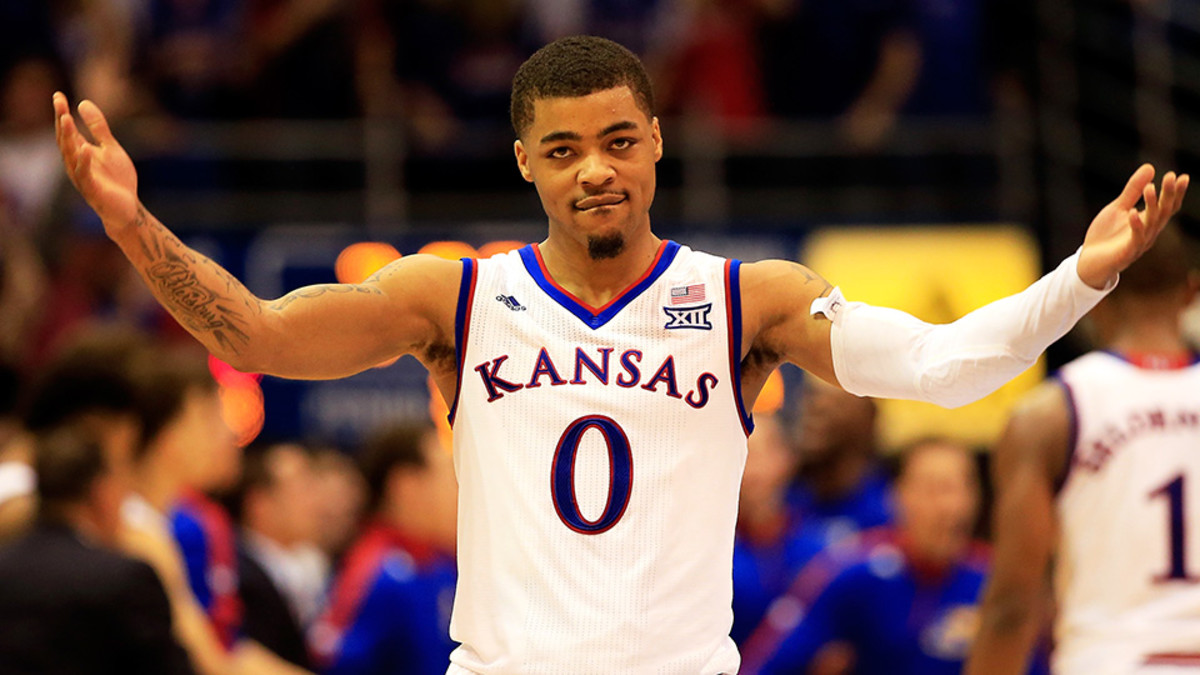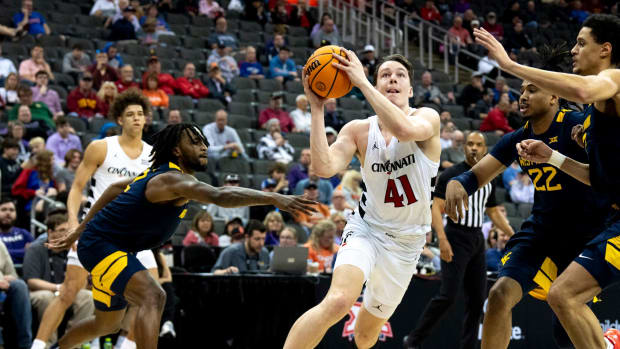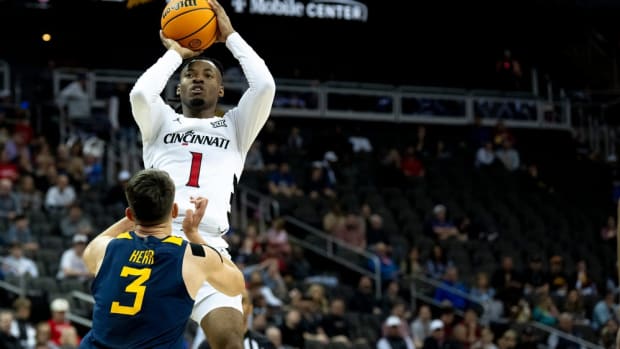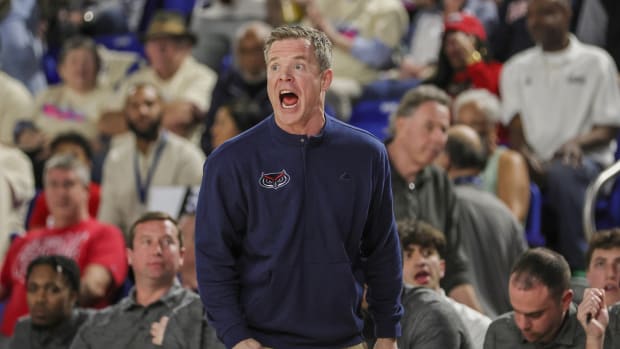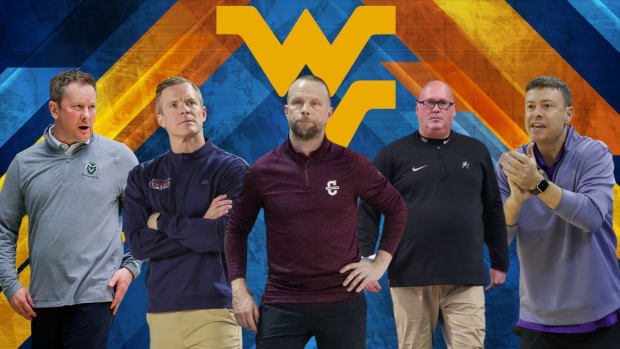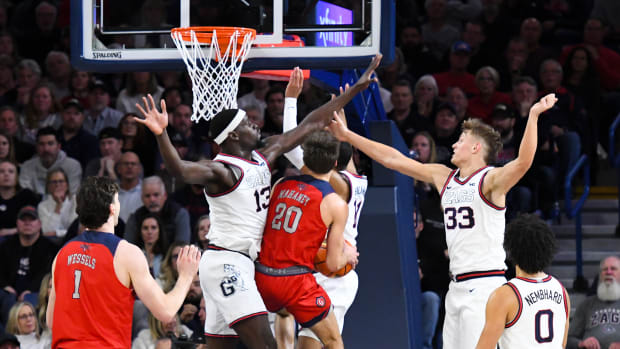Tough questions for top teams celebrating Midnight Madness Friday
It is upon us: Midnight Madness.
Though it is true that college basketball practice already has started. And, technically, it’s Early Evening Madness for those programs not inclined to clock-watch, given that they’ve been on the floor for about a week. Either way, the ceremonial start of the college hoops season is here. Hundreds of programs will seek answers from here to November and into the regular season.
On a team-by-team basis, here are some prominent questions worth pondering for some prominent clubs with Midnight(ish) Madness events this weekend:
Kansas
How will the Devonte Graham and Frank Mason backcourt look? Going small at guard appears to be Bill Self’s initial inclination. “We've got to do a much better job on the perimeter of being able to feed our folks,” the Kansas coach said at media day, with those “folks” being the Jayhawks’ big men. “We'll be much better at that this year, and I think we'll be a much better passing team, especially because we'll play two little guards a lot together.” Recent championship teams like Louisville and Duke found success with diminutive backcourts. It remains to be seen if Graham and/or Mason can be prolific scorers—Mason was second on the team with 12.6 points per game last year—but they may not need to pour in the points as long as they can work in tandem to facilitate for others.
Gonzaga
Predicting the top 20 big men for the 2015-16 college basketball season
Who’s going to play guard? The Bulldogs are just enormous in the frontcourt, with 6'10" Kyle Wiltjer and 6'11" Domantas Sabonis and 7'1" Przemek Karnowski. That trio was responsible for 37.4 points per game and, especially if Sabonis makes a leap as a sophomore, should offer even more. But national title contention relies upon finding at least above-average guard play. Prolific Washington transfer Nigel Williams-Goss is a season away from eligibility, so Gonzaga needs backcourt production now. Josh Perkins played in five games on 2014-15 before a fractured jaw sidelined him for the season. Kyle Dranginis played in 38 games but averaged just 4.1 points per game. Silas Melson and Eric McClellan were bit players last season. Between the four of them, Mark Few has to find combinations that produce while making the big men better.
Pittsburgh
Was Year 2 of ACC play a blip, or is the Jamie Dixon regime heading in the wrong direction? The Panthers made eight straight NCAA tournaments after Dixon took over in 2003. They’ve missed two out of the last four, going 19-15 overall and just 8-10 in ACC play last year to earn a banishment to the NIT. Pittsburgh returns four starters, plus 85% of its scoring, 74% of its rebounding and 86% of its assists from 2014-15. Still, returning players are only a bonus if they’re good returning players. This is a team built for the veterans to step up—there’s just one notable freshman in four-star recruit Damon Wilson—or else it will be a third long winter in recent memory.
Marquette
How Steve Wojciechowski is prepping Marquette for a foreign tour, Year 2
Who will get the ball to some pretty enticing scoring options? There shouldn’t be an atom of doubt about freshman Henry Ellenson and what he will provide for the Golden Eagles. Based on what we saw on a summertime visit before Marquette’s foreign tour, Ellenson is as polished a first-year player as there is anywhere in the nation. Luke Fischer and Duane Wilson should be reliable at minimum. But coach Steve Wojciechowski and his staff must coax as much dependability out of freshman Haanif Cheatham and Traci Carter, who appear to be in line to run the point at the start. Mercurial point guard play is one way to undermine the consistency that veteran scorers can offer.
